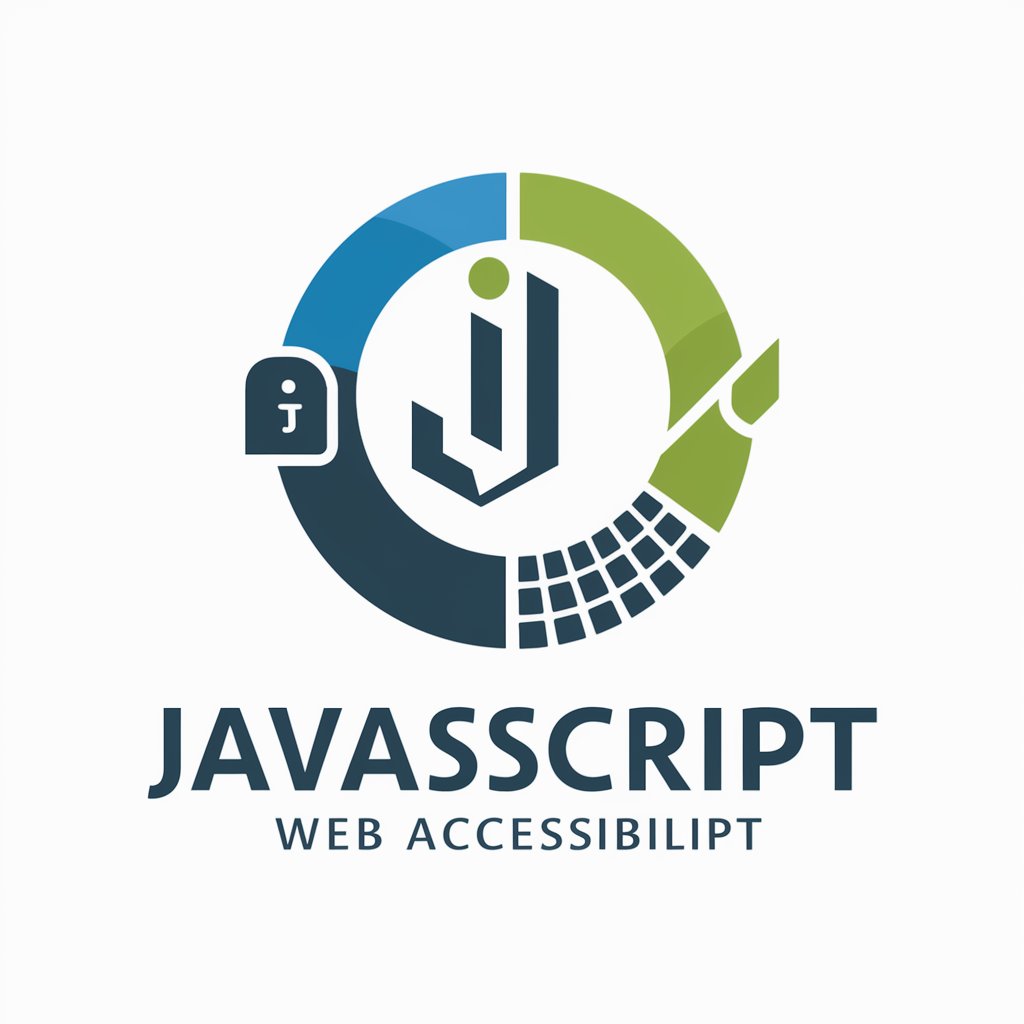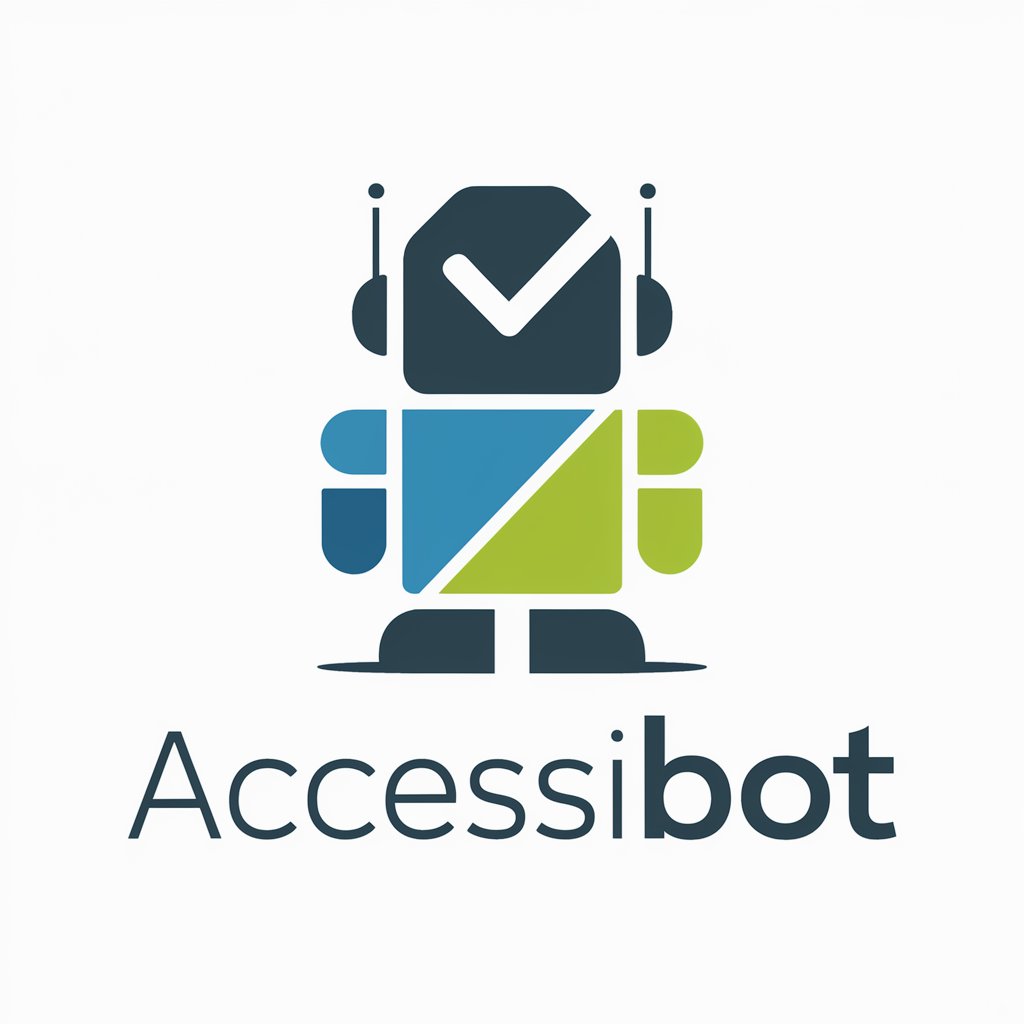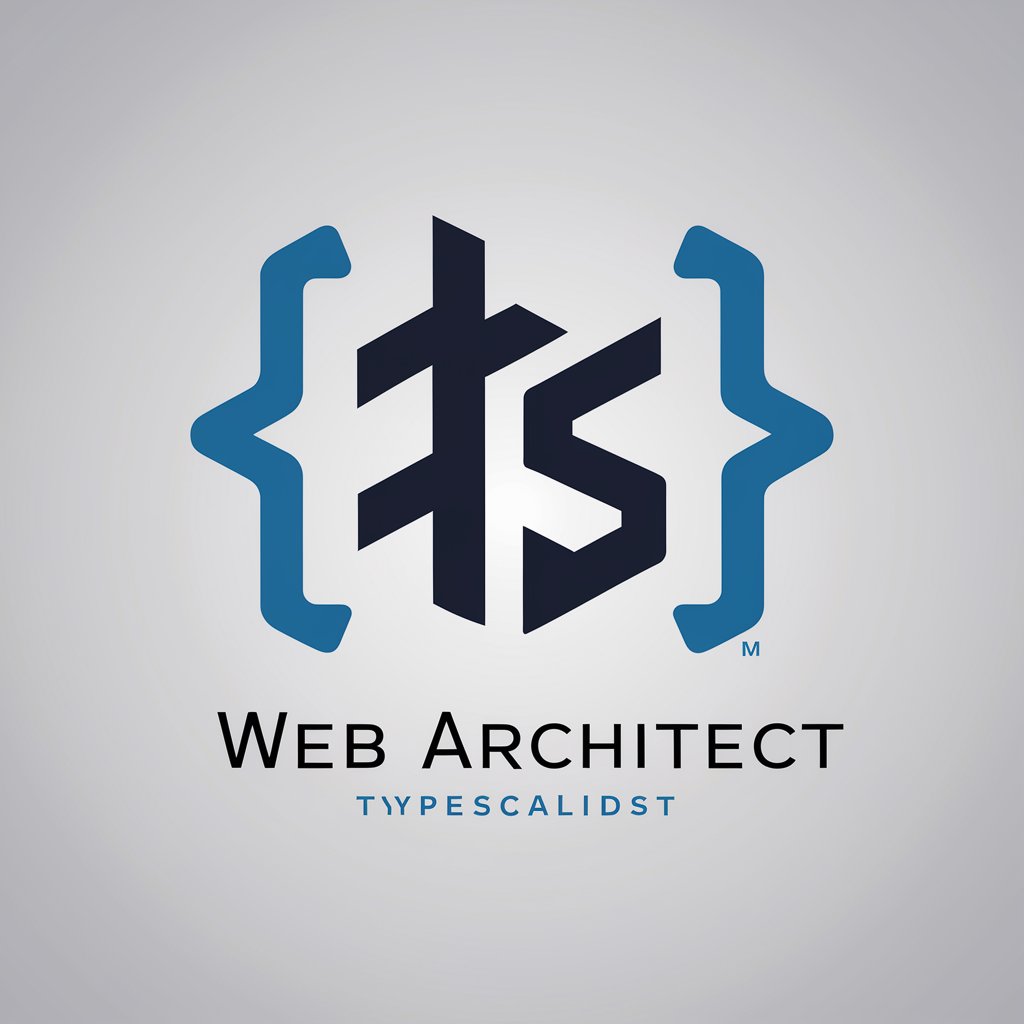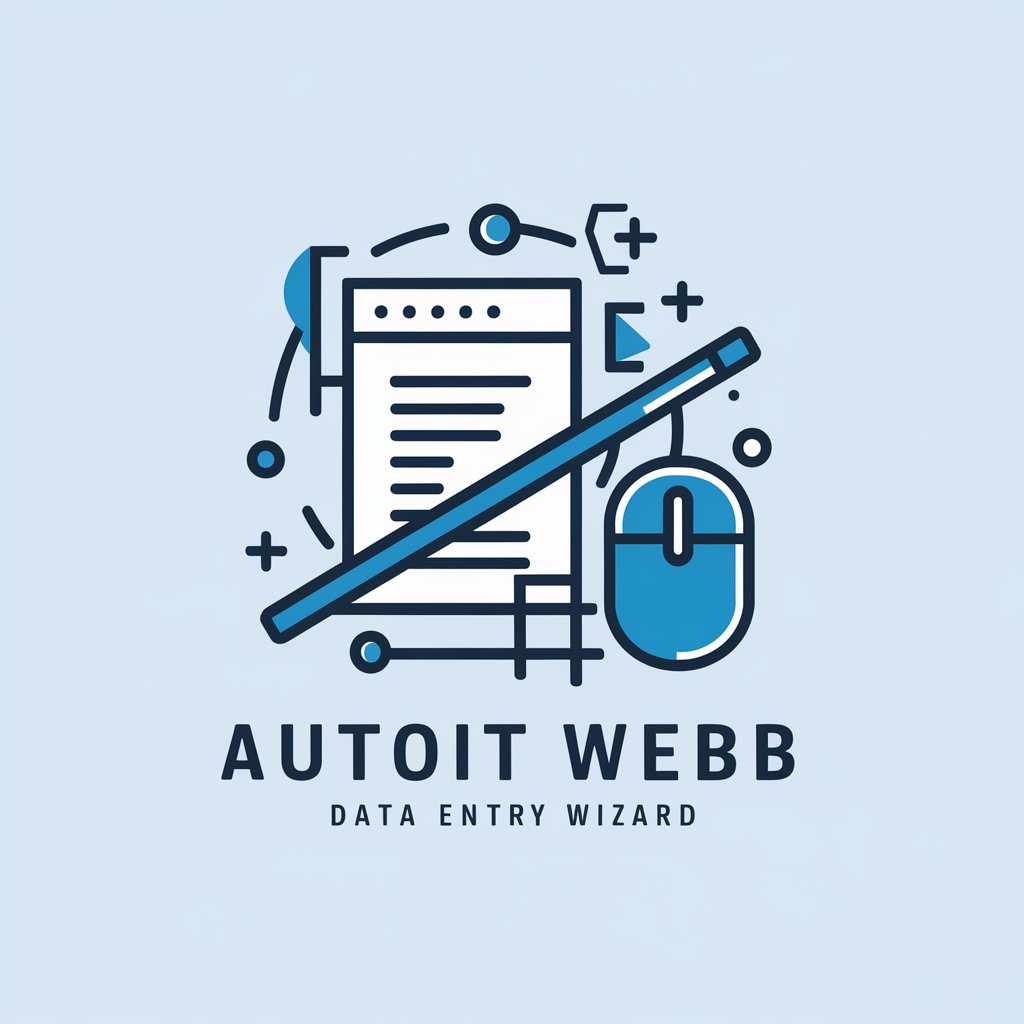JavaScript for Universal Web Accessibility - Web Accessibility Enhancement

Welcome! Let's make the web accessible for everyone.
Empowering Accessible Web Experiences with AI
How can I make my website's interactive elements keyboard accessible using JavaScript?
What are the best practices for using ARIA roles in a JavaScript framework?
Can you provide a JavaScript code example for making dynamic content updates accessible to screen readers?
What tools are recommended for testing the accessibility of JavaScript content on my website?
Get Embed Code
JavaScript for Universal Web Accessibility Overview
JavaScript for Universal Web Accessibility focuses on enhancing web content's accessibility using JavaScript, aiming to make web applications usable for everyone, including individuals with disabilities. This initiative prioritizes creating scripts that are screen-reader friendly, navigable through keyboard alone, and compatible with various assistive technologies. A key aspect is ensuring dynamic content updates are announced to screen readers, interactive elements are accessible via keyboard, and ARIA roles and properties are properly used to communicate the purpose and state of UI elements to assistive technologies. An example scenario includes dynamically updating content on a webpage without requiring a page refresh. In this case, JavaScript for Universal Web Accessibility ensures that these updates are made known to screen reader users in real-time, using ARIA live regions to announce changes, thus keeping users with visual impairments informed about the content changes as they happen. Powered by ChatGPT-4o。

Core Functions and Real-world Applications
Enhancing Keyboard Navigation
Example
Implementing custom keyboard shortcuts for navigating through a web application's main sections.
Scenario
In a web application with multiple sections, JavaScript is used to enable keyboard shortcuts (e.g., 'Alt+1' for home, 'Alt+2' for about page) allowing users with mobility impairments to navigate efficiently without a mouse.
Using ARIA Roles and Properties
Example
Applying ARIA roles to dynamic content sections to inform screen readers about the type of content being displayed.
Scenario
In a dynamic content application like a single-page application (SPA), JavaScript assigns appropriate ARIA roles to content sections as they load dynamically. This helps screen reader users understand the context and purpose of the content, improving accessibility for users with visual impairments.
Making Dynamic Updates Accessible
Example
Utilizing ARIA live regions to announce updates to users who rely on screen readers.
Scenario
In an e-commerce site, when a user adds an item to their cart, JavaScript uses ARIA live regions to announce the update ('Item added to cart') to screen reader users, ensuring they are aware of the action's success without needing to visually check the cart.
Target User Groups for Accessibility Services
Web Developers
Web developers are prime users, as they can integrate accessibility features directly into their projects, making web applications more inclusive from the ground up. They benefit by creating more universally accessible websites that comply with legal standards and reach a wider audience.
Accessibility Consultants
Accessibility consultants specializing in auditing and advising on web accessibility can leverage these services to provide more detailed assessments and actionable recommendations, helping organizations meet and exceed accessibility standards.
Organizations with Online Presence
Organizations, especially those in public sectors or those that aim to be inclusive, benefit from using these services by ensuring their websites and web applications are accessible to all users, including those with disabilities, thus improving their service delivery and compliance with legal requirements.

Guidelines for Using JavaScript for Universal Web Accessibility
Begin with a Trial
Start by exploring yeschat.ai to utilize a free trial, allowing you to test the tool's capabilities without the need for a login or ChatGPT Plus subscription.
Understand Accessibility Principles
Familiarize yourself with WCAG (Web Content Accessibility Guidelines) to grasp the core principles of web accessibility, including perceivability, operability, understandability, and robustness.
Evaluate Your Website
Use automated tools and manual testing to evaluate your website's current accessibility level. Identify areas where JavaScript can enhance accessibility, such as dynamic content updates and keyboard navigation.
Implement Accessibility Features
Utilize JavaScript to implement ARIA (Accessible Rich Internet Applications) roles, properties, and live regions. Ensure all interactive elements are keyboard accessible and provide meaningful feedback to assistive technologies.
Test and Iterate
Conduct thorough testing with real users, including those who use screen readers and other assistive technologies. Use their feedback to iteratively improve the accessibility of your site.
Try other advanced and practical GPTs
JavaScript ARIA Techniques for Web Accessibility
Empower web accessibility with AI

AccessiBot - Web Accessibility - WCAG, ADA, AODA
Empowering digital inclusion with AI

Startup Mentor
Empowering Entrepreneurs with AI

Character Creater
Crafting Characters, Fueling Creativity

🖥️ Design Your UI with C#
Craft intuitive UIs with AI-powered C# guidance.

Crafting Elegance in C#: UI Design Mastery
Craft elegant UIs with AI-powered design insights.

GoS1
Empowering Green Streaming with AI

Senior Dev Mentor
Empowering Developers with AI Mentorship

JavaScript to TypeScript Shift: Elevate Your Code
Elevate your code with AI-powered TypeScript conversion.

JavaScript Power for Real-Time Apps
Elevate interactivity with AI-powered real-time apps.

🎯 Cross-Compiling Mastery with CMake
Master cross-platform builds with AI

🖥️ AutoIt Web Form Data Entry
Transform data entry with AI-driven automation

Q&A on JavaScript for Universal Web Accessibility
What is ARIA and how does JavaScript enhance its implementation?
ARIA stands for Accessible Rich Internet Applications. It's a set of attributes that make web content more accessible to people with disabilities. JavaScript enhances ARIA by dynamically updating these attributes to reflect the state and functionality of web components, making them more accessible to screen readers and other assistive technologies.
How can JavaScript improve keyboard navigation on websites?
JavaScript can be used to manage focus, ensuring that all interactive elements are reachable via the keyboard. It can also dynamically update tabindex attributes and handle custom keyboard shortcuts, making complex web applications more accessible to keyboard-only users.
Can JavaScript address color contrast issues for better web accessibility?
Yes, JavaScript can dynamically adjust colors to meet WCAG's minimum contrast ratios, enhancing readability for users with visual impairments. It can also provide a high-contrast mode toggle for users to switch according to their preference.
How does JavaScript facilitate accessible form validation?
JavaScript can provide real-time, accessible feedback to users as they fill out forms. By using ARIA roles and live regions, error messages and status updates can be programmatically announced to screen reader users, making the form validation process more inclusive.
What role does JavaScript play in making dynamic content accessible?
JavaScript plays a crucial role in ensuring that updates to dynamic content are communicated to assistive technologies. By using ARIA live regions, developers can ensure that content updates are announced to screen reader users without needing to refresh the page, making web applications more accessible and interactive.
